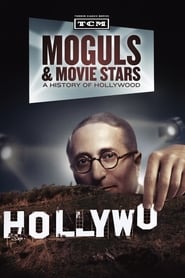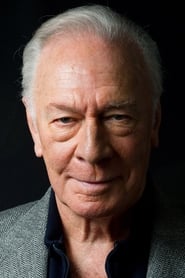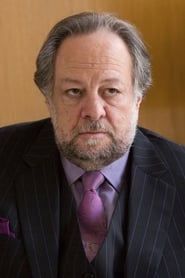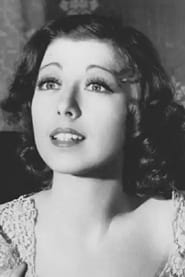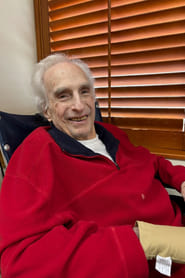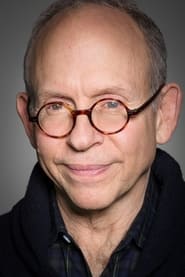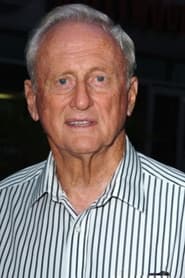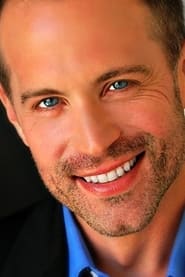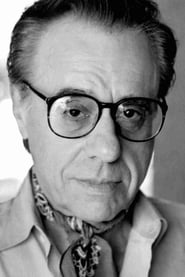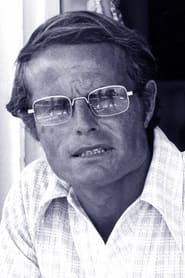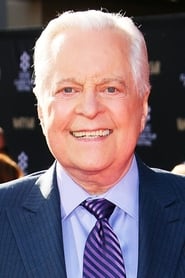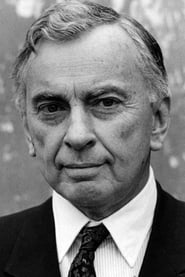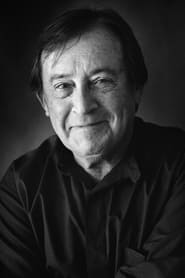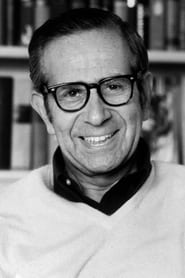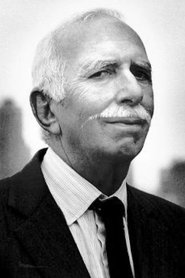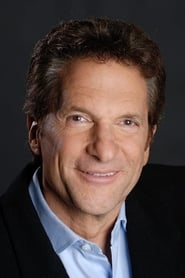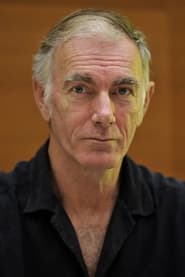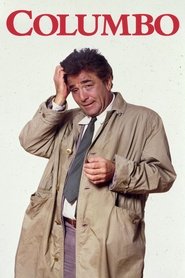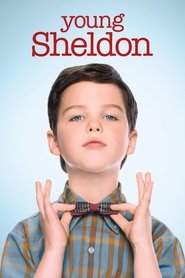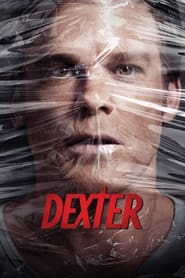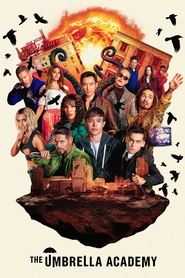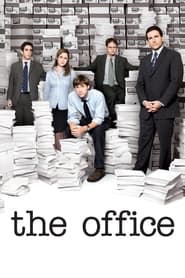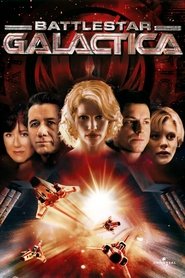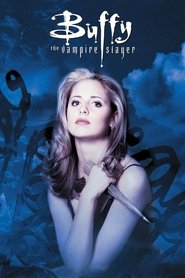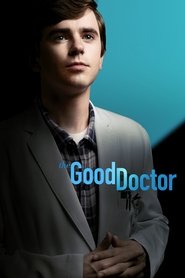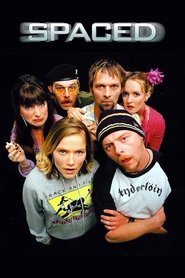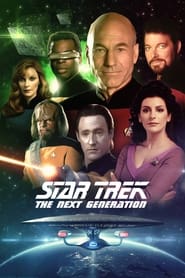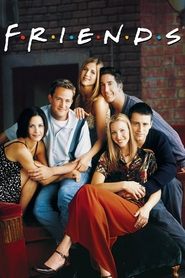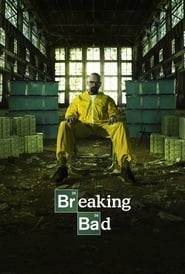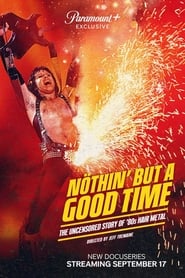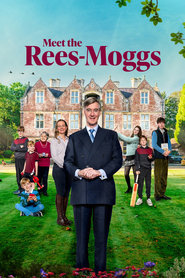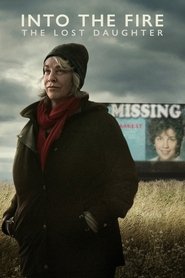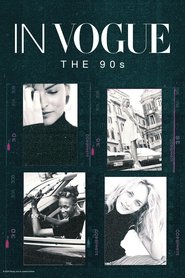- Created By
- First Aired on
Nov 01, 2010
- Popularity: 10.0652
- 6 votes
- Networks
- (US)

- Production
Turner Classic Movies (US)Ostar ProductionsTurner Entertainment (US)Wilkman Productions
- Status: Ended
Show Ended
1 seaons till Dec 13, 2010
Last episode: Fade Out, Fade In (1960-1969)
Seasons & episodes
Total 1 seasons, 7 episodes

Season 1
Aired

Episode 1Peepshow Pioneers (1888-1907)60 min
As America was transformed by the arrival of millions of immigrants in the 1890s, the first generation of American filmmakers joined with other innovators and entrepreneurs to create a bright new entertainment form that would transform the world. Thomas Edison perfected a device called the Kinetoscope that made pictures move, for one viewer at a time. In France, the brothers Auguste and Louis Lumière brought scenes of everyday life to the screen for a large audience, while the magician Georges Méliès created startling visual effects on film and Alice Guy Blaché became the first female film director. In the U.S., moviemaking in these early days was concentrated in New York, New Jersey and Chicago.

Episode 2The Birth of Hollywood (1907-1920)60 min
California was quickly recognized as the ideal setting for the American film industry, with its relative freedom from patent problems, constant sunshine and varied geography. As early as 1909, moviemakers were hard at work in Hollywood, including William Selig, who had founded one of the country's first movie studios in Chicago. In 1913 Jesse Lasky, Samuel Goldwyn and Cecil B. DeMille formed a filmmaking company and established themselves among the first generation of Hollywood moguls, producing one of the first feature-length films in the U.S., The Squaw Man (1914).

Episode 3The Dream Merchants (1920-1928)60 min
The Hollywood studio system flowered in the 1920s, headed by strong-willed leaders -- most of them immigrants and small-time entrepreneurs and many of them Jewish. Each studio had its own house style. MGM, headed by Russian-born Louis B. Mayer with Irving Thalberg as his "boy wonder" production head, was super-glossy. Warner Bros., eventually to be led by brother Jack, provided grit, while Paramount, headed by Hungarian-born Adolph Zukor, lent glamour. Laemmle's Universal Pictures produced lavish spectacles and a series of fantastic dramas starring Lon Chaney. The movies' influence grew more powerful, affecting real life in terms of fashion, attitudes and behavior.

Episode 4Brother, Can You Spare A Dream? (1929-1941)60 min
The movies broke their silence in 1927, as Warner Bros. introduced the first major synchronized sound film, The Jazz Singer. Stage-trained actors were suddenly in demand, and among those to break though in the early sound era were James Cagney, Bette Davis, Clark Gable, Katharine Hepburn and Edward G. Robinson. For the most part, the movies were able to ride the storm of the Great Depression, as crowds flocked to escapist Astaire/Ginger Rogers musicals. Most of the moguls toughed out the hard times, though some tumbled.

Episode 5Warriors and Peacemakers (1941-1950)60 min
When the U.S. entered World War II, movies became a powerful means of promoting patriotism, not only through overt propaganda but through films that rallied support while also entertaining. Some directors of the era, including Howard Hawks and Raoul Walsh, were as hard-bitten as their subject matter, while such filmmakers as Billy Wilder and Preston Sturges added an edge of humor and Orson Welles created his masterpiece, Citizen Kane (1941). Directors such as George Stevens, John Ford and John Huston saw combat first-hand and created powerful documentaries, as did Frank Capra. When the war finally ended, producer Samuel Goldwyn and director William Wyler summed up the country's uncertain optimism with The Best Years of Our Lives (1946). A darker tone was conveyed by the shadowy world of film noir and the examination of such topics as anti-Semitism (Gentleman's Agreement, 1947) and racism (Home of the Brave, 1949).
Top Cast
Crew & Team
Writer
Show Recommendations


